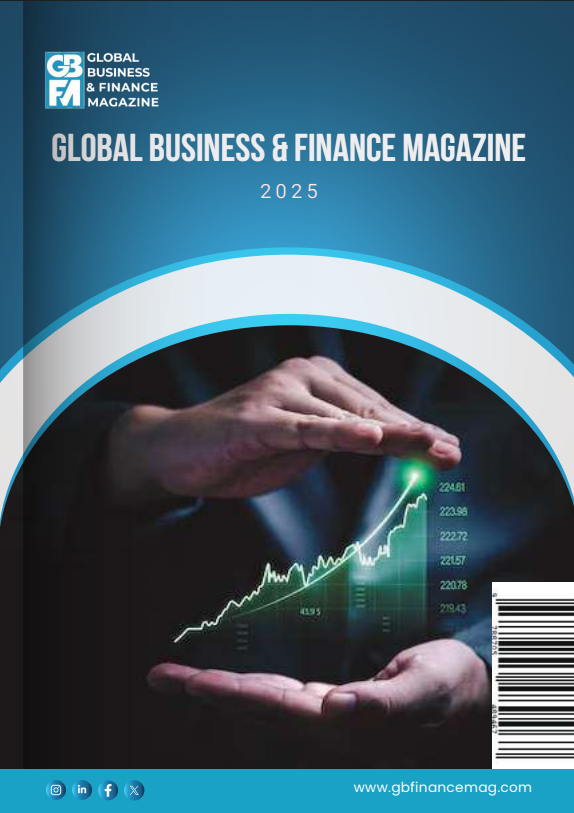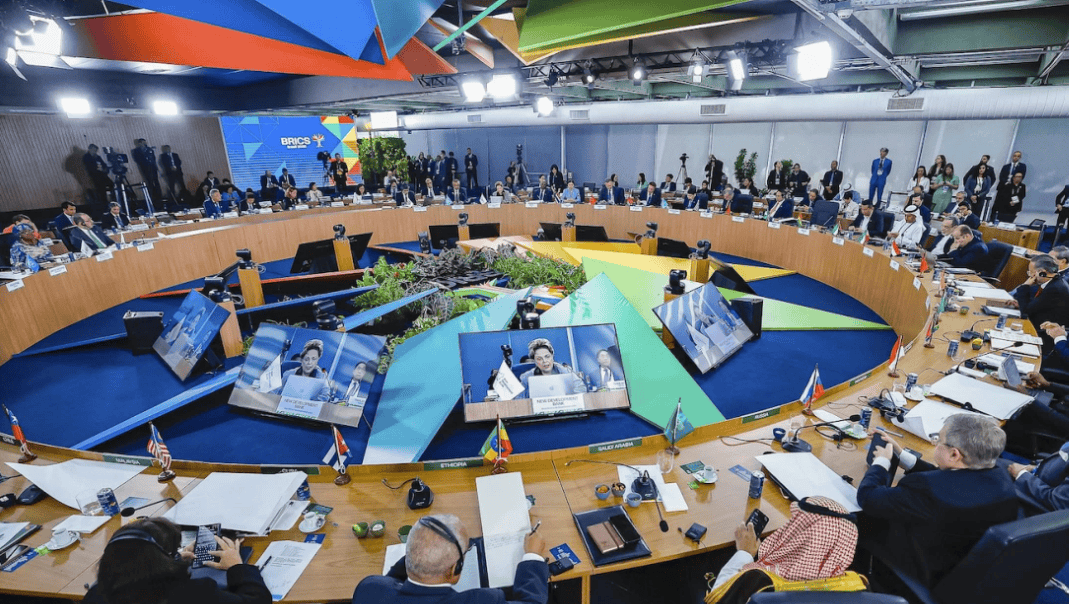Geoeconomic fragmentation may have major implications for the global economy. This column uses using a multi-country New Keynesian model to analyse the effects of various fragmentation sources, including tariffs on goods and commodities, as well as taxes on capital flows. Results indicate that the economic impact of fragmentation differs by region. Countries belonging to a China-led bloc and US-aligned nations are most affected, while the US and ‘neutral’ countries experience relatively milder effects. Notably, bilateral exchange rates within the China-aligned bloc show the greatest sensitivity to fragmentation. Additionally, the study reveals that fragmentation is not necessarily an inflationary phenomenon.
Since the global financial crisis, several developments have disrupted the long-standing trend of increasing global economic integration. Key indicators, including the reduction of trade and financial openness and the prevalence of sanctions and conflicts, suggest that globalisation has either stagnated or declined (Fernandez-Villaverde et al. 2024). Events such as Brexit, escalating US-China trade tensions, the COVID-19 pandemic, Russia’s invasion of Ukraine, and ongoing conflicts in the Middle East have weakened trade and financial ties between nations. These shifts raise the risk of a fragmented global economy, divided into blocs reminiscent of the Cold War era. Such a reversal in economic integration is likely to have profound implications for macroeconomic (Caldara et al. 2024, Fernandez-Villaverde et al. 2024) and financial variables (D’Orazio et al. 2024), for the international monetary system (Aiyar and Ilyina 2023), and for capital flows (Boeckelmann et al. 2024).
In a recent paper (Moro and Nispi Landi 2024), we study the macroeconomic effects of geoeconomic fragmentation, defined as a policy-driven reversal of integration, often guided by strategic consideration (Aiyar et al. 2023). We aim to answer the following questions: How does geoeconomic fragmentation impact economic activity and inflation at both the national and global levels? What are its effects on exchange rates, capital, and trade flows? Do various sources of fragmentation produce distinct outcomes? Is fragmentation a positive or negative shock for countries that remain neutral?
The model
We set up FraNK, a New Keynesian model suited for the study of geoeconomic fragmentation. The model features four regions: the US (“US”); a region of countries allied with the US, including the EU (“WE”); China, Russia, and their allies (“CR”); and the rest of the world, which is assumed to be neutral (“NE”). Following our definition of policy-driven reversal of integration, we model a fragmentation shock as the increase of the three tax rates that countries impose against their rivals: a tax on imports of final goods, a tax on imports of commodities, and a tax on the purchase of foreign bonds. We assume that US and WE impose the three tax rates on region CR, and vice versa. 1 The Region NE remains neutral, neither imposing nor being targeted by these taxes. In principle, these three sources of fragmentation may have different macroeconomic implications.
Results
First, we simulate a 10 percentage point increase in the tax rate on imports of goods between rival countries (Figure 1). We find that the shock reduces economic activity and producer price index (PPI) inflation, while it raises consumer price index (CPI) inflation on impact in the three regions involved in the fragmentation shock. The reduction in PPI inflation may sound it surprising, as usually tariffs are seen as a negative supply shock. However, taxes on imports of goods also reduce demand worldwide, depressing PPI inflation as, in our model, the contraction of demand more than offsets the reduction in supply. Instead, CPI inflation rises, as it is a weighted average of PPI and import price inflation, with the latter spiking as directly affected by the tax. CR is by far the region most affected by the shock, as the two largest regions – US and WE – are taxing the goods it exports. The CR real exchange rate appreciates relative to those of the other countries, as the tax imposed by CR reduces CR demand for US and WE goods and increases demand for domestically produced goods. This effect is only partially offset by the US and WE taxes, which push the CR exchange rate towards depreciation. Given that WE trades relatively more with CR compared to the US, the negative effect of fragmentation is larger in WE. The spillover effects to NE are almost nil: on the one hand, other countries increase their demand for NE goods, which are not taxed; on the other hand, other countries are poorer and consume less of all goods, including NE ones.
Figure 1 Persistent increase in the tax on imports of goods from rival countries


Notes: Output, consumption, and real appreciation vs the US are in percentage deviations from the steady state. Inflation and real rate are in annualized deviations.
Second, we simulate a 10 percentage point increase in the tax rate on imports of commodities, which are a production input, from rival countries (Figure 2). In US, the shock has almost no impact, as the GDP share of commodity exports and imports is very small. WE is a commodity importer: the commodity price index spikes, reducing the demand for the commodity input and, thus, the production of the domestic good. Consumption decreases as households become poorer and the policy rate rises to mitigate inflation. CR is a commodity exporter: the lower commodity demand drives down both commodity production and the domestic commodity price. Production of the domestic good rises as workers move from the commodity sector to the goods sector. The higher supply of the domestic good depreciates the exchange rate, raising CPI inflation. Higher capital inflows finance a trade deficit. NE is also a commodity exporter. As in the case of the tax on imported goods, the spillover effects on NE are small. Given that CR commodities are now cheaper (since NE is not taxing them), NE increases their purchases and reduces consumption of their own commodities. However, their commodity production slightly rises to satisfy the higher demand from WE.
Figure 2 Persistent increase in the tax on imports of commodities from rival countries


Notes: Output, consumption, and real appreciation vs the US are in percentage deviations from the steady state. Inflation and real rate are in annualised deviations.
Third, we simulate a 50 basis point increase in the tax rate on bonds issued by rival countries (Figure 3). CR is more affected than US and WE, given its smaller economic size. The tax imposed by CR reduces CR’s demand for US and WE bonds, appreciating CR’s currency and lowering CR’s interest rate. These effects are mitigated by the reciprocal tax imposed by US and WE. The reduction in CR’s interest rate stimulates consumption, while the currency appreciation decreases inflation and reduces CR’s production of both goods and commodities. Capital inflows exceed outflows, resulting in a trade deficit. In US and WE, the economy experiences the opposite effects, though on a smaller scale. The spillover effects to NE are even milder.
Figure 3 Persistent increase in the tax on assets issued by rival countries


Notes: Output, consumption, and real appreciation vs the US are in percentage deviations from the steady state. Inflation and real rate are in annualised deviations.
Conclusions
Geoeconomic fragmentation will likely have major macroeconomic implications. We set up a model for the world economy to study different aspect of fragmentation, i.e. in trade of goods, commodities, and assets. We find that: (i) different fragmentation shocks have distinct economic implications; (ii) fragmentation primarily impacts the China-led bloc and US-aligned countries, with a significant decline in consumption and production; (iii) the US is less affected due to its limited exposure to the rival coalition; (iv) neutral countries experience negligible effects; (v) fragmentation is not necessarily an inflationary phenomenon; and (vi) bilateral exchange rates in the China-aligned bloc are the most affected, appreciating with taxes on goods and financial assets but depreciating with taxes on commodities.
Source : VOXeu



































































